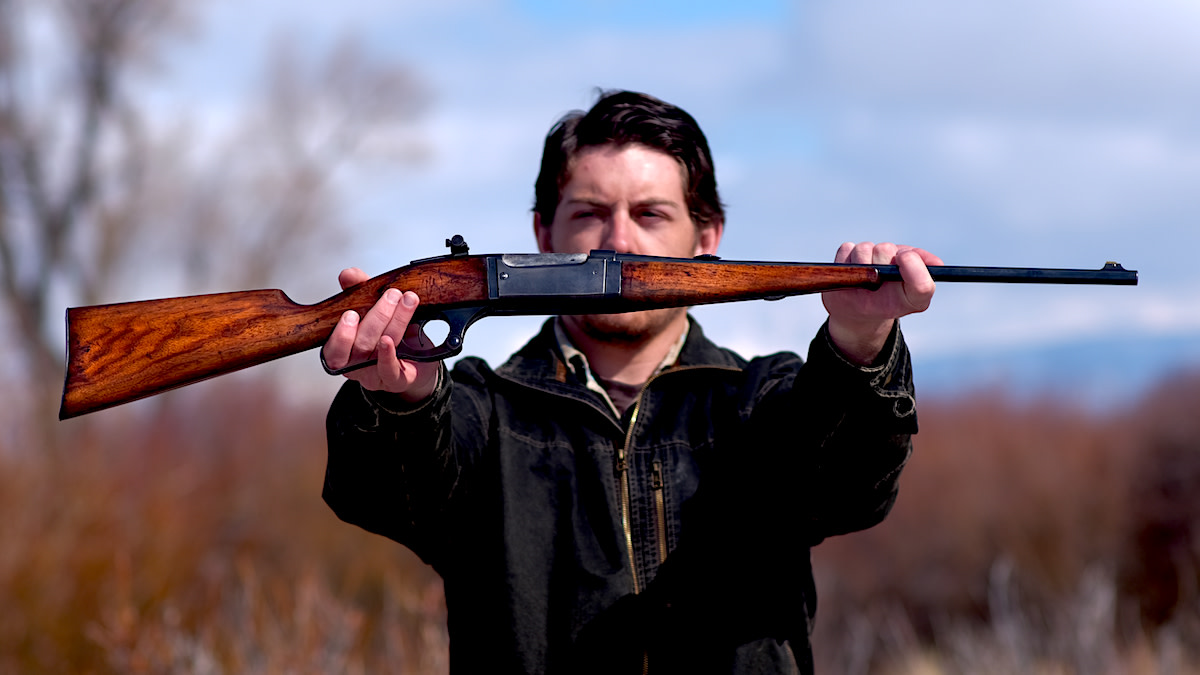
Synthetic stocks and stainless steel barrels have rightfully earned their spot on contemporary hunting firearms. MeatEater fully supports the rifle revolution, as you can see in our collaboration with Weatherby.
That being said, hunters tend to be a nostalgic bunch. Geriatric shoulder mounts, honey holes that evoke sentimental hope, and historic rifles passed down the family tree for generations are staples within the hunting community. But, through the decades, dust collects on taxidermy and wooden stocks become tacky to the touch from the oils in our hands and the elements in the field.
Eager to understand the process of reviving wooden stocks, we interviewed expert gunsmith Nathan Heineke of Laramie, Wyoming. Heineke spent five years studying and perfecting his craft at Griffin & Howe, America’s oldest custom gunmaker. He now owns a storefront in the historic district of Laramie where he builds and repairs fine firearms for clients around the world.
Materials
Nitrile gloves
Rags
Klean Strip paint thinner
Boiled linseed oil
4/0 steel wool
1,500-grit sandpaper
Safety Check and Disassembly
Clear the firearm before anything else. Remove detachable magazines if possible. Pointing the gun in a safe direction, open the breach and inspect for a bullet in the chamber or anything sitting on deck. Remove the wooden stock from the barrel and action. If this is not possible, use masking tape along the unions of gun metal and wood.
Exfoliation via Paint Thinner
Heineke uses paint stripper for this step, which requires a respirator and a shock to the wood with boiling water after the stripper has been removed. For the purposes of this article we will be using simple paint thinner.
Rest the rifle on a work bench or over an old towel and put on a pair of gloves. Apply approximately one tablespoon of paint thinner to the steel wool and rub the rifle down within circular motions. Add more paint thinner to the steel wool as needed. The objective of this step is to remove as much residual dirt and oil as possible. The wood will begin to look dehydrated and lighter in color, but don’t be concerned—the linseed oil will bring it back to life. Let the gun sit in the open air for a day to allow gasses to evaporate.
Sanding
Heineke uses sandpaper to raise the grain of the wood and remove any fibers of steel wool that may have been left behind in the previous step. Alternating between slightly dampened and dry sandpaper, work the stock with a soft sanding block. Use caution in areas of ridges or checkering because even fine sandpaper can cause damage if you linger over an area too long. Use a rag to wipe away any sawdust.
“The more work you put into surface preparation, the less work you need to put into the oil finish,” Heineke said.
Linseed Oil—Nectar of the Gun Gods
Boiled Linseed oil (BLO) will bring new life to an old rifle while protecting the stock for years to come. While craftsmen like Heineke use a concoction of BLO and alkanet root that steeps for years, giving the BLO a pinkish hue, we will simply be using BLO.
With a paintbrush, liberally cover the entire stock with BLO. Look for places where the wood has soaked up all of the oil and apply more to that area. Continue until the wood won’t accept any more and walk away. Allow the rifle to rest, occasionally readjusting its positioning to avoid BLO pooling up in certain areas.
“There is a magic point where the oil will begin to oxidize and feel tacky and gummy to the touch,” Heineke said. That’s when he attacks the stock with a rag slightly wetted with BLO. This magic point varies in different humidity levels, though it will likely happen after a day or two.
After a massage with the rag, rub the wood aggressively with the palm of your hand. Don’t stop until, as Heineke elegantly put it, “it’s too painful to keep going or the dog needs a walk.” The heat generated from the friction of your hand on the wood will buff out the BLO, giving the stock a glossy appearance. The finished product is a completely quenched stock. It will refuse liquids, be it water or oil in the field and at home.
Retirement for this pair of Savage 99s was as a lean-to nestled among a handful of other old lever-actions in a musty gun shop. Years of oily fingers and stale cowboy killers wafting in the air left these guns sticky and dying. They now have a new life and, with any luck, will find a whitetail next October. Nevertheless, carefully consider what you want out of your rifle or shotgun because this process washes away the past. You can’t put back the memories the paint thinner removes. But you can make new memories with a cleaned and revitalized gun stock.
Notes
Boiled linseed oil can spontaneously combust if improperly discarded. Spread the rags out and allow to completely dry before throwing away. Keep flammable materials such as newspaper or sawdust out of the vicinity.
Rub a small dab of BLO into the stock once or twice a year and the gun will begin to develop more beautiful character as time passes.
Feature images via Christopher Bancroft.

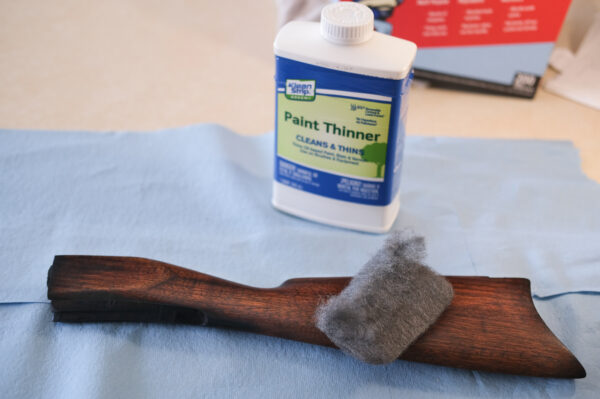
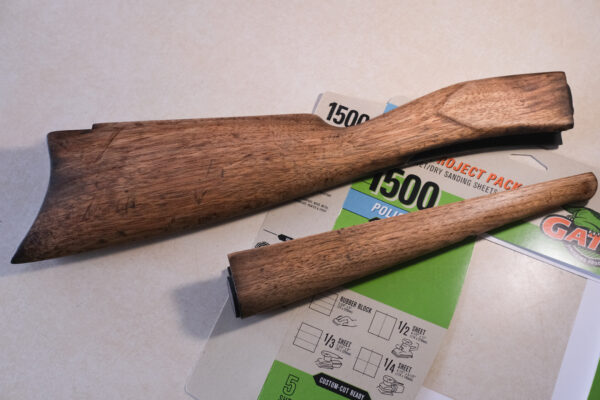
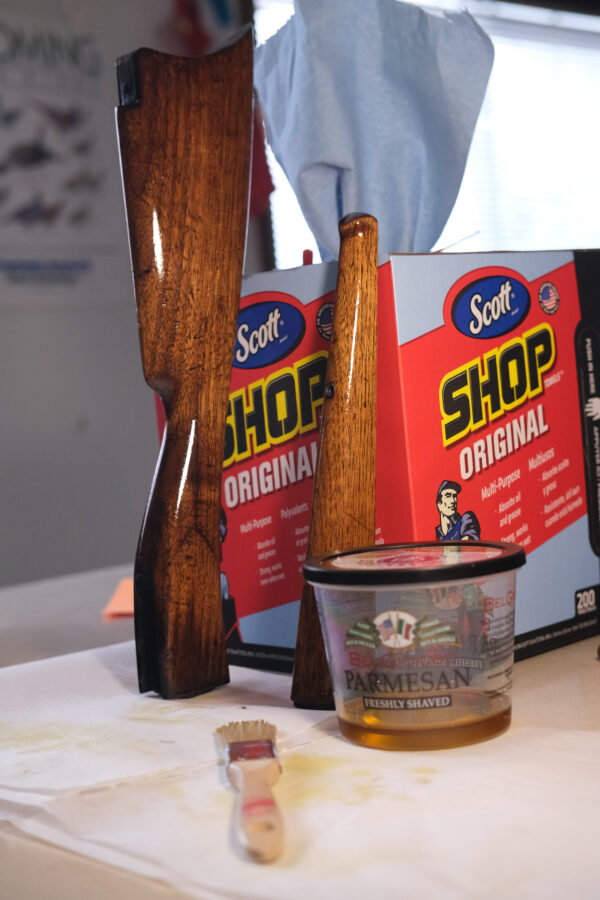
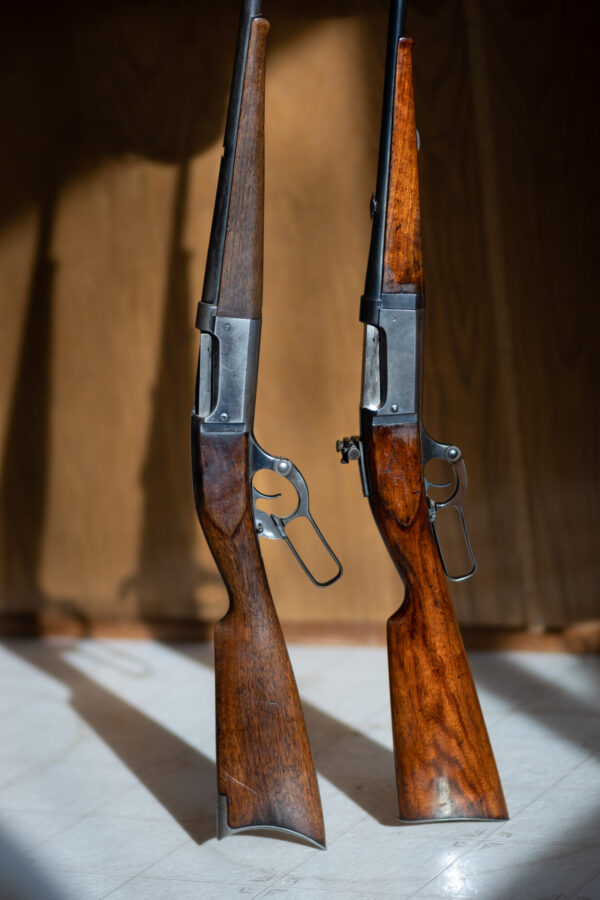






Conversation